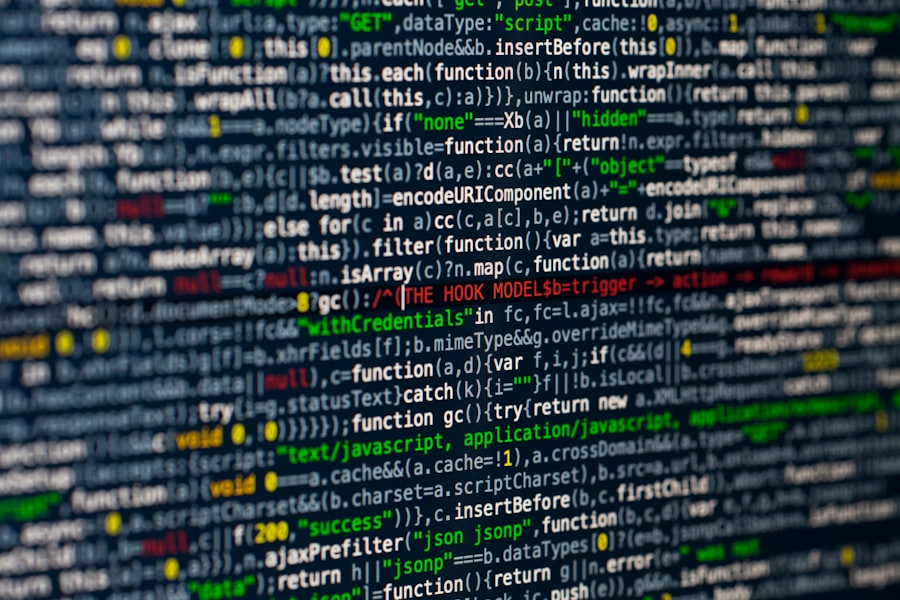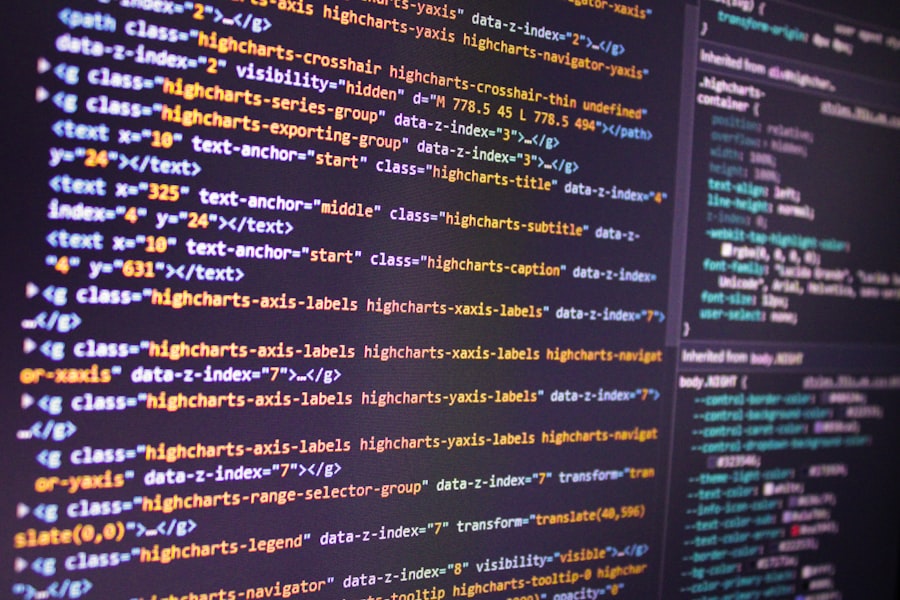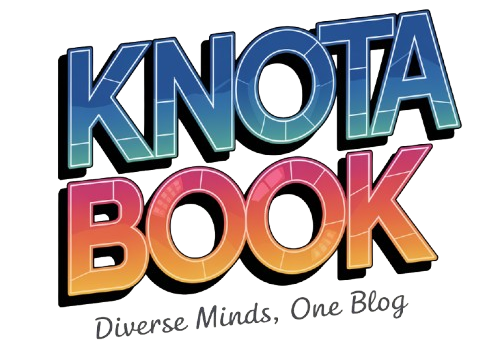In recent months, the Internet Archive, a prominent digital library that offers free access to a vast collection of books, music, software, and websites, experienced a significant security breach that raised alarms across the online community. This incident not only jeopardized the integrity of user data but also highlighted vulnerabilities inherent in digital platforms that store sensitive information. The breach has sparked discussions about the importance of cybersecurity measures and the responsibilities of organizations that manage large repositories of user-generated content.
As the Internet Archive continues to be a vital resource for researchers, educators, and the general public, understanding the implications of this breach is crucial for both users and the organization itself. The Internet Archive has long been a champion of open access to information, providing a platform where users can explore historical web pages and access a wealth of digitized materials. However, the breach has cast a shadow over its mission, raising questions about how well it safeguards user data.
With millions of users relying on its services, the breach not only threatens individual privacy but also undermines trust in digital libraries as a whole. As we delve deeper into the specifics of this incident, it becomes evident that the ramifications extend beyond immediate data loss; they touch upon broader themes of accountability, transparency, and the ongoing battle against cyber threats.
Key Takeaways
- The Internet Archive experienced a security breach that resulted in stolen tokens.
- The tokens were stolen through a phishing attack that targeted Internet Archive employees.
- The security breach may have compromised user accounts and personal information.
- Internet Archive has taken steps to address the security breach, including resetting tokens and improving security measures.
- Users can protect their accounts by enabling two-factor authentication and regularly updating their passwords.
How the Tokens Were Stolen
The theft of tokens from the Internet Archive was executed through a sophisticated phishing attack that exploited vulnerabilities in user authentication processes. Cybercriminals often employ phishing techniques to deceive users into revealing sensitive information, such as login credentials or security tokens. In this case, attackers crafted convincing emails that appeared to originate from the Internet Archive, prompting users to click on malicious links.
Once users entered their credentials on these fraudulent sites, attackers gained access to their accounts and subsequently stole authentication tokens that allowed them to bypass security measures. Moreover, the attack was not merely a one-off incident; it was part of a larger trend where cybercriminals are increasingly targeting organizations with significant user bases.
This method of attack underscores the importance of robust security protocols, including multi-factor authentication (MFA), which can serve as an additional layer of protection against unauthorized access. The ease with which these tokens were obtained highlights a critical vulnerability in the Internet Archive’s security framework and serves as a cautionary tale for other organizations.
Impact of the Security Breach on Internet Archive Users

The repercussions of the security breach have been profound for users of the Internet Archive. Many individuals who relied on the platform for academic research or personal projects found themselves vulnerable to identity theft and unauthorized access to their accounts. The breach not only compromised personal information but also raised concerns about the potential misuse of data stored within user accounts.
For instance, researchers who had uploaded sensitive materials or unpublished works faced anxiety over whether their intellectual property had been accessed or misappropriated. In addition to personal risks, the breach has led to a broader erosion of trust in the Internet Archive as a reliable resource. Users may now question whether their data is safe when using the platform, which could deter them from engaging with its services in the future.
This loss of confidence can have long-term implications for the Internet Archive’s mission to provide open access to information. As users become more cautious about sharing their data online, organizations like the Internet Archive must work diligently to restore trust and demonstrate their commitment to safeguarding user information.
Steps Taken by Internet Archive to Address the Security Breach
| Date | Steps Taken |
|---|---|
| November 2020 | Internet Archive identified the security breach and took the systems offline |
| November 2020 | Engaged a third-party security firm to conduct a thorough investigation |
| December 2020 | Implemented additional security measures to prevent future breaches |
| January 2021 | Notified users about the breach and provided guidance on securing their accounts |
In response to the security breach, the Internet Archive has implemented several measures aimed at mitigating damage and preventing future incidents. One of the first steps taken was to notify affected users promptly, providing them with guidance on how to secure their accounts and monitor for suspicious activity. Transparency in communication is crucial during such crises, as it helps users feel informed and empowered to take action regarding their personal information.
Additionally, the Internet Archive has begun enhancing its security infrastructure by adopting more stringent authentication protocols. This includes implementing multi-factor authentication (MFA) for all users, which requires an additional verification step beyond just a password. By doing so, even if an attacker manages to obtain a user’s password or token, they would still face barriers in accessing the account without the second factor of authentication.
Furthermore, the organization is conducting a thorough review of its security policies and practices to identify any additional vulnerabilities that may exist within its systems.
Measures Users Can Take to Protect Their Accounts
While organizations like the Internet Archive are responsible for safeguarding user data, individuals also play a critical role in protecting their accounts from potential breaches. One of the most effective measures users can take is to adopt strong, unique passwords for each online account they maintain. Passwords should be complex, incorporating a mix of letters, numbers, and special characters, and should be changed regularly to reduce the risk of unauthorized access.
In addition to strong passwords, enabling multi-factor authentication (MFA) wherever possible is essential for enhancing account security. MFA adds an extra layer of protection by requiring users to verify their identity through a secondary method, such as a text message or authentication app. This means that even if an attacker manages to steal a password or token, they would still need access to the second factor to gain entry into an account.
Users should also remain vigilant against phishing attempts by scrutinizing emails and messages before clicking on links or providing personal information.
Regularly monitoring account activity for any unauthorized transactions or changes can also alert users to potential breaches early on.
Repercussions for Internet Archive and the Future of Online Security

The security breach at the Internet Archive serves as a stark reminder of the vulnerabilities that exist within digital platforms and raises important questions about accountability in online spaces. For an organization that prides itself on providing open access to information, this incident may lead to increased scrutiny regarding its data protection practices. Users may demand greater transparency about how their data is handled and what measures are in place to prevent future breaches.
In terms of broader implications for online security, this incident underscores the necessity for organizations across all sectors to prioritize cybersecurity as an integral part of their operations. As cyber threats continue to evolve in sophistication and frequency, organizations must invest in advanced security technologies and training for employees to recognize potential threats. The future landscape of online security will likely see an increased emphasis on proactive measures rather than reactive responses after breaches occur.
Similar Security Breaches in the Online Community
The Internet Archive is not alone in facing security challenges; numerous organizations have experienced similar breaches that have compromised user data and eroded trust in digital platforms. For instance, major social media networks have faced significant scrutiny after high-profile breaches exposed millions of user accounts. In 2019, Facebook disclosed that it had inadvertently stored hundreds of millions of user passwords in plain text format, leaving them vulnerable to unauthorized access.
Another notable example occurred with LinkedIn in 2012 when hackers stole data from approximately 117 million accounts. The stolen information included email addresses and hashed passwords, leading many users to change their credentials across multiple platforms out of fear that their data could be exploited elsewhere. These incidents illustrate that no organization is immune to cyber threats and highlight the importance of continuous vigilance in maintaining robust security practices.
Conclusion and Lessons Learned from the Internet Archive Security Breach
The security breach at the Internet Archive serves as a critical case study in understanding both the vulnerabilities inherent in digital platforms and the collective responsibility shared by organizations and users alike in safeguarding sensitive information. As we reflect on this incident, it becomes clear that proactive measures—such as implementing multi-factor authentication and educating users about phishing risks—are essential components in building a resilient online environment. Moreover, this breach emphasizes the need for organizations to foster a culture of transparency and accountability regarding data protection practices.
By openly communicating with users about potential risks and steps taken to mitigate them, organizations can rebuild trust and demonstrate their commitment to safeguarding user information. As we move forward in an increasingly digital world, learning from incidents like this will be vital in shaping more secure online experiences for everyone involved.
FAQs
What are tokens in the context of internet security?
Tokens are unique strings of characters that are used to authenticate a user’s identity and grant access to specific resources or services on the internet.
What is the Internet Archive?
The Internet Archive is a non-profit organization that aims to provide universal access to all knowledge. It offers a digital library of internet sites and other cultural artifacts in digital form.
How were tokens stolen from the Internet Archive?
The tokens were stolen through a security breach, where unauthorized individuals gained access to the Internet Archive’s systems and were able to obtain the tokens.
What are the potential consequences of stolen tokens from the Internet Archive?
Stolen tokens can be used by malicious actors to gain unauthorized access to the Internet Archive’s systems and potentially compromise the security and privacy of the data stored within the organization.
What steps is the Internet Archive taking to address the stolen tokens?
The Internet Archive is likely taking steps to revoke the stolen tokens, investigate the security breach, and implement additional security measures to prevent future incidents.

